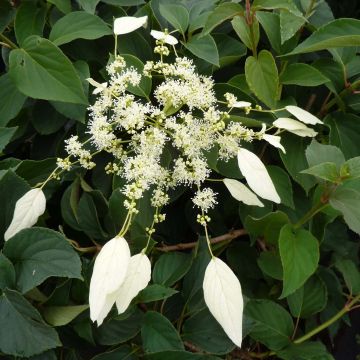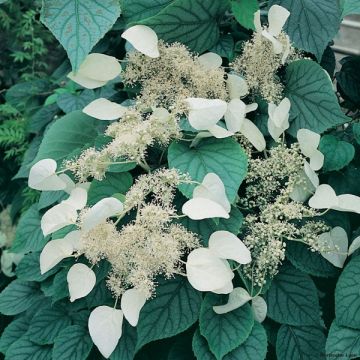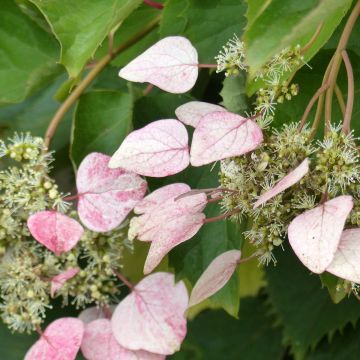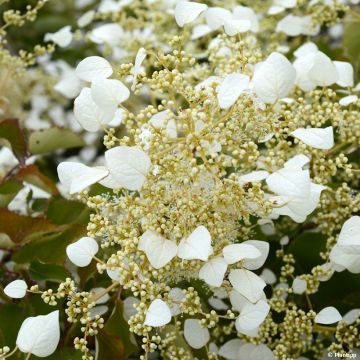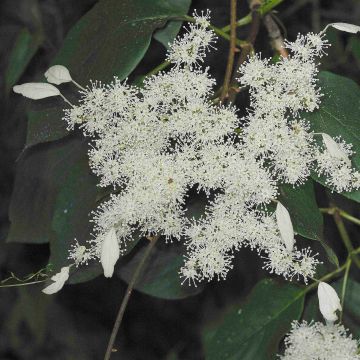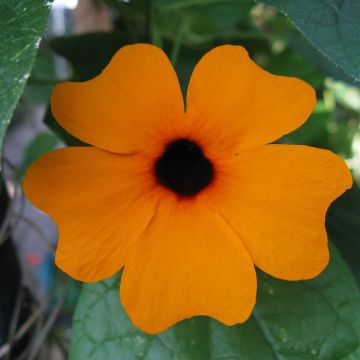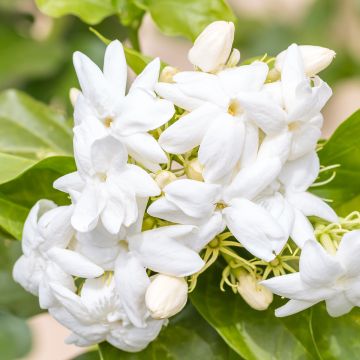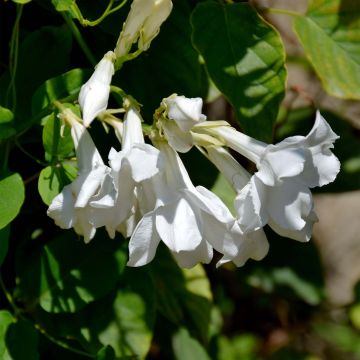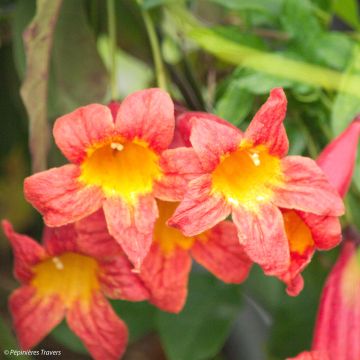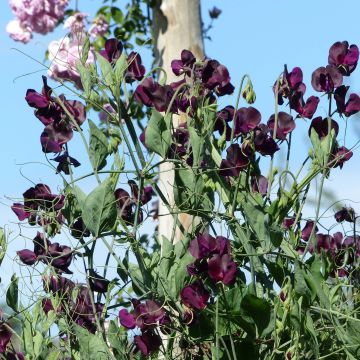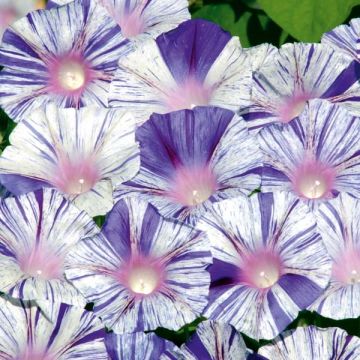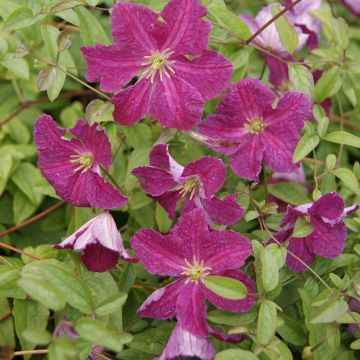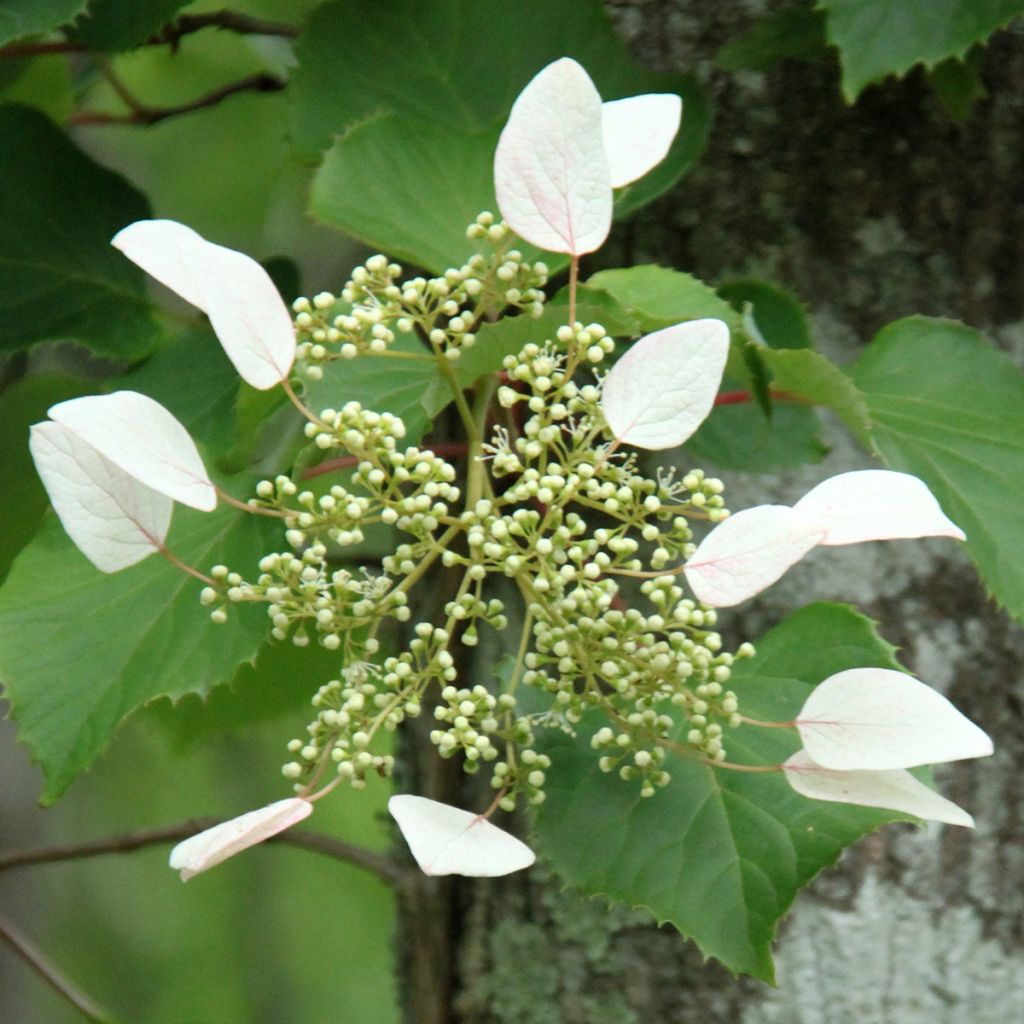

Schizophragma hydrangeoides Red Rhapsody
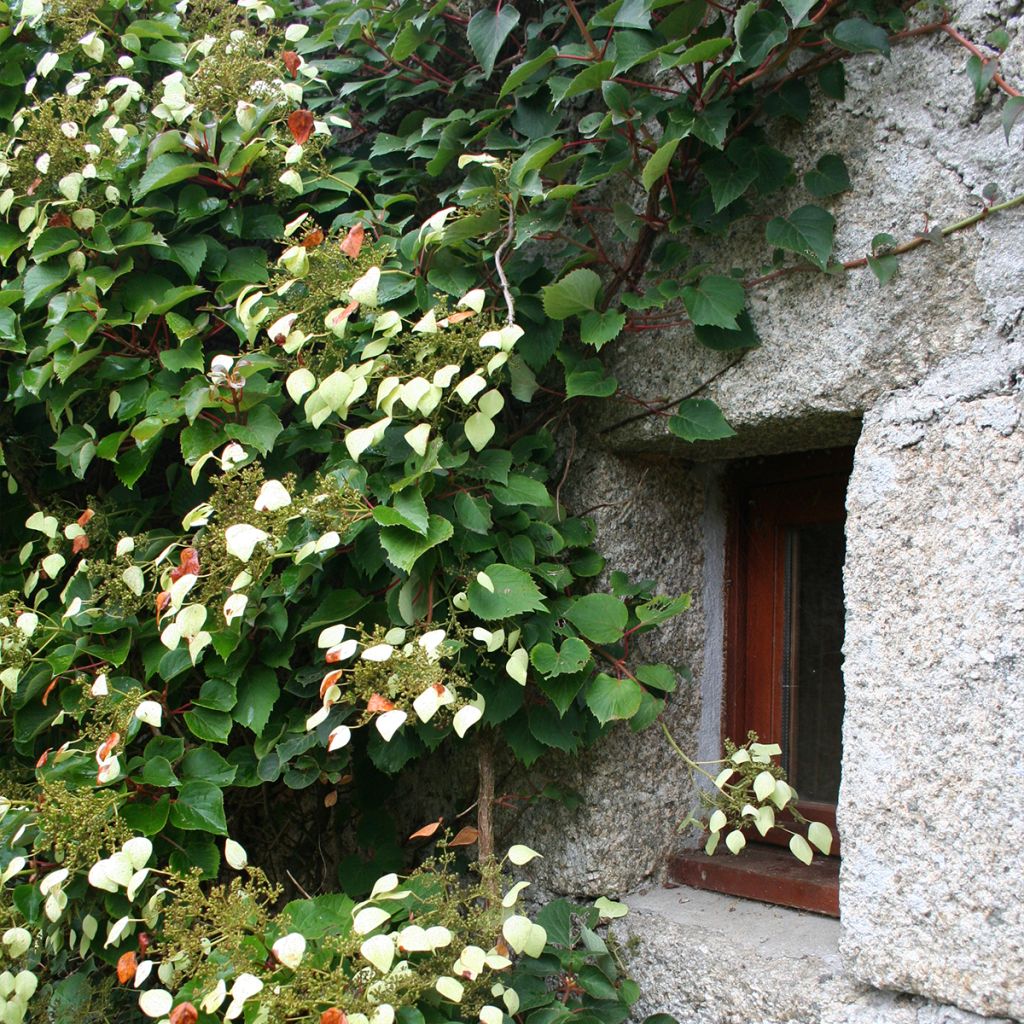

Schizophragma hydrangeoides Red Rhapsody
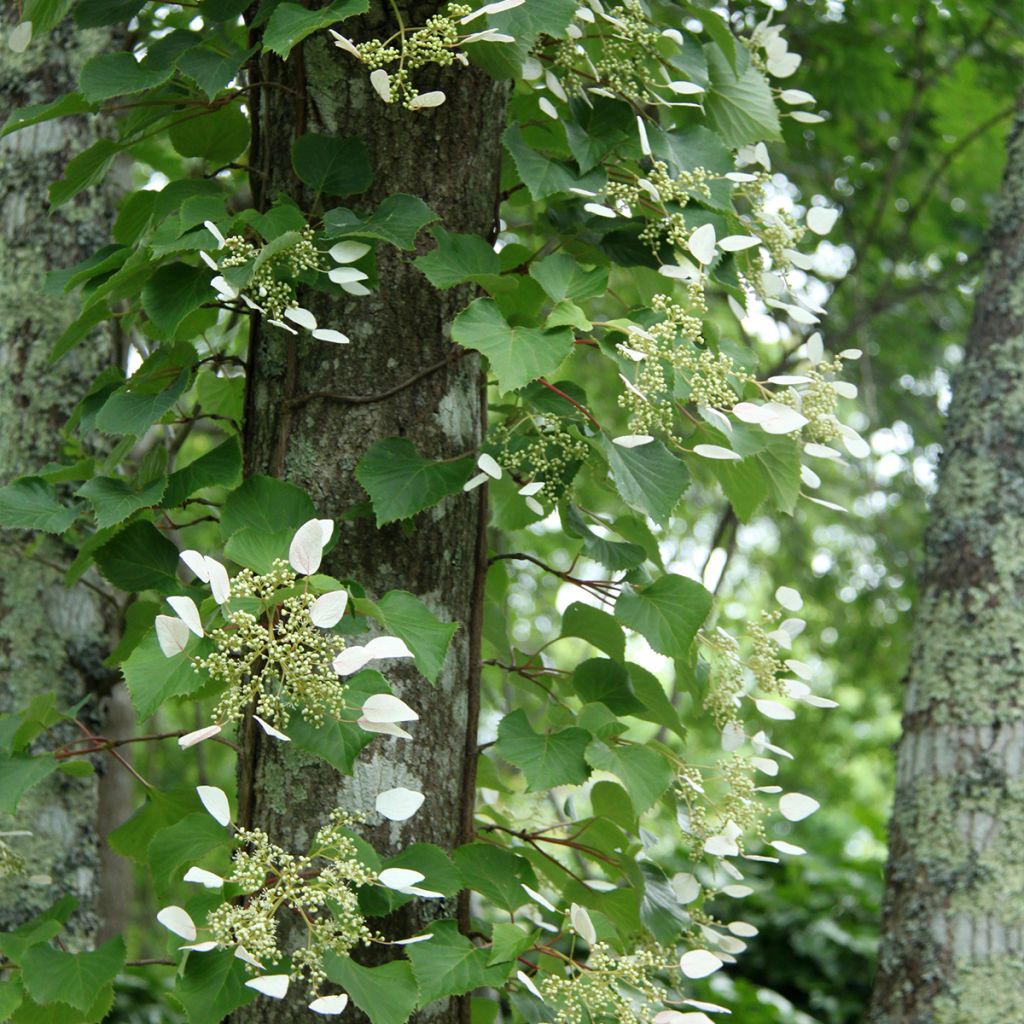

Schizophragma hydrangeoides Red Rhapsody
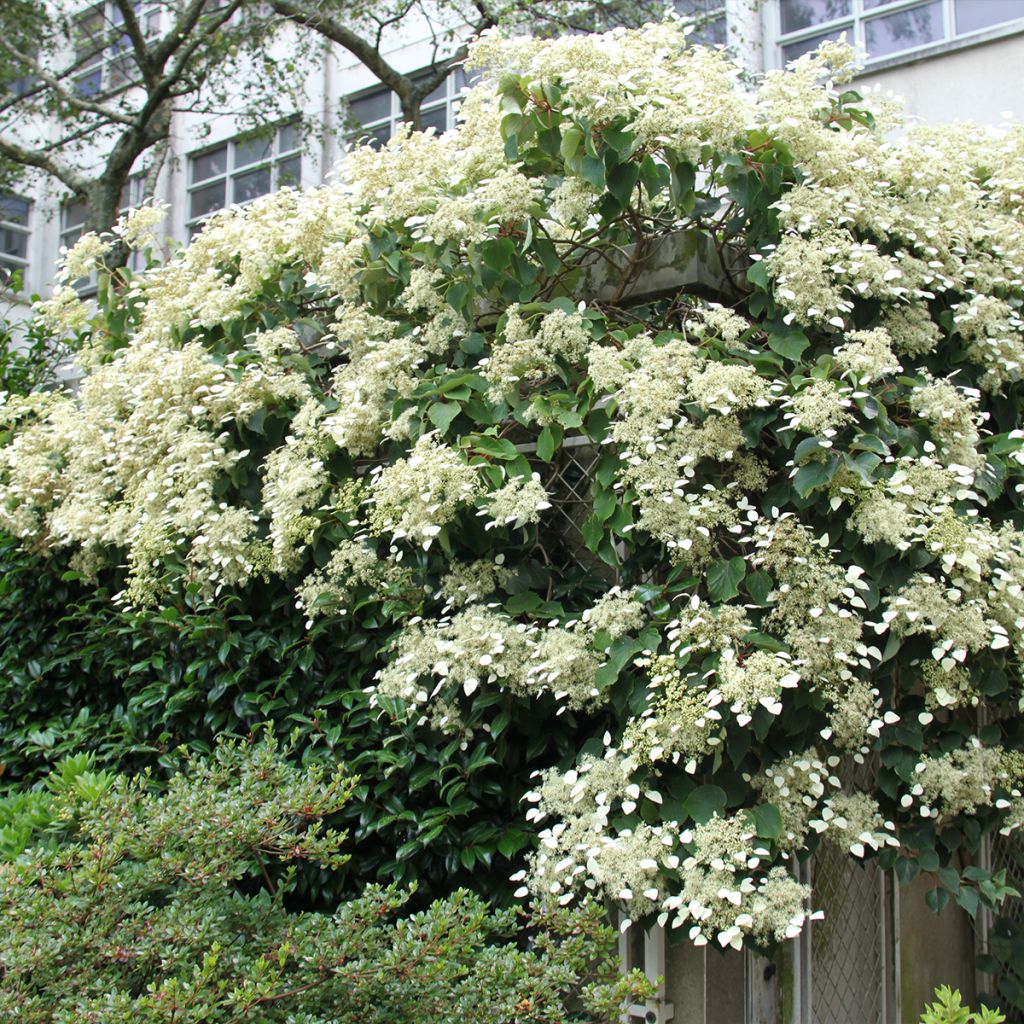

Schizophragma hydrangeoides Red Rhapsody
Schizophragma hydrangeoides Red Rhapsody
Schizophragma hydrangeoides Red Rhapsody® MonLaBaHe
Japanese Hydrangea Vine
Special offer!
Receive a €20 voucher for any order over €90 (excluding delivery costs, credit notes, and plastic-free options)!
1- Add your favorite plants to your cart.
2- Once you have reached €90, confirm your order (you can even choose the delivery date!).
3- As soon as your order is shipped, you will receive an email containing your voucher code, valid for 3 months (90 days).
Your voucher is unique and can only be used once, for any order with a minimum value of €20, excluding delivery costs.
Can be combined with other current offers, non-divisible and non-refundable.
Why not try an alternative variety in stock?
View all →This plant carries a 6 months recovery warranty
More information
We guarantee the quality of our plants for a full growing cycle, and will replace at our expense any plant that fails to recover under normal climatic and planting conditions.
Would this plant suit my garden?
Set up your Plantfit profile →
Description
The Schizophragma hydrangeoides 'Red Rhapsody' is a variety of climbing Hydrangea from Japan known for its red spring shoots, which are particularly decorative. With slow growth and medium habit, this plant can be used freely in small gardens, to cover a wall or climb a tree. In summer, the foliage is adorned with white flowers resembling those of Hydrangeas. Ideal for adding life to shaded areas of the garden in a moderately cold climate, the climbing Hydrangea from Japan prefers cool, slightly acidic soils that are devoid of limestone. This recent variety will delight enthusiasts of unique plants.
Schizophragma belongs to the Hydrangeaceae family, a small plant family consisting of about ten genera, or perhaps a few more depending on botanical classifications. In gardens, we are mainly familiar with Hydrangeas, which come in various species and have diverse appearances, as well as flowering shrubs such as Deutzia and Philadelphus.
The Schizophragma hydrangeoides is native to wooded and humid regions of Asia, China, the Himalayas, Japan, and Korea. It is a vigorous climber, capable of reaching a height of 10m (33ft), and thrives in shaded conditions. It is also one of the few climbers that flowers in the shade. It is often mistaken for the Hydrangea anomala subsp. petiolaris, the most well-known climbing Hydrangea, which indeed resembles it.
The 'Red Rhapsody' selection is derived from seeds collected in China by the American botanist Daniel J. Hinkley. A collection of his discoveries is housed at Monrovia Nurseries, the largest in North America, with the aim of ensuring their availability on the market. He selected this variety primarily for the uniqueness of its young shoots, which are red in colour in spring. Also known as Schizophragma ellipticum, likely due to the shape of its leaves, which are indeed elliptical, it also captivates with its decorative red petioles.
With slow growth, this Schizophragma is much less vigorous than the botanical species, as it reaches a height of only 4.50 or 5m (15 or 16ft), with a width of 1.50 to 2m (5 to 7ft). Its stems are equipped with small climbing roots that allow it to climb on a wall or tree trunk. In summer, it produces corymbs of cream-white flowers, measuring 15 to 20cm (6 to 8in) in diameter, composed of fertile flowers in the centre, surrounded by sterile sepals on the periphery (which are mainly decorative). These inflorescences closely resemble the flowers of certain Hydrangeas or Viburnums, and can be admired throughout the summer, from June to August.
This variety is satisfactorily hardy, resistant to -15°C and even lower temperatures if somewhat sheltered from cold winds and planted in well-drained soil. These plants do not tolerate overly dry or poor soils, nor do they like limestone, preferring humus-rich, moist, well-drained soils with a slightly acidic pH. In neutral soil, the planting hole should be enriched with ericaceous compost to both lower the pH and improve water retention, as Schizophragma does not tolerate drought.
Plant the Schizophragma 'Red Rhapsody' against a support, such as a tree trunk or a shaded wall. This climber can also spread along the ground, similar to ivy. Well-suited for small gardens due to its limited dimensions, it will thrive if you let it climb at the base of a tree in a bed of acid-loving plants. You can then plant Rhododendrons alongside it, which will extend the flowering season of your Schizophragma as they bloom in spring. And with autumn-flowering Camellias (Camellia sasanqua), you can prolong the flowering season nearly all year round!
Report an error about the product description
Schizophragma hydrangeoides Red Rhapsody in pictures
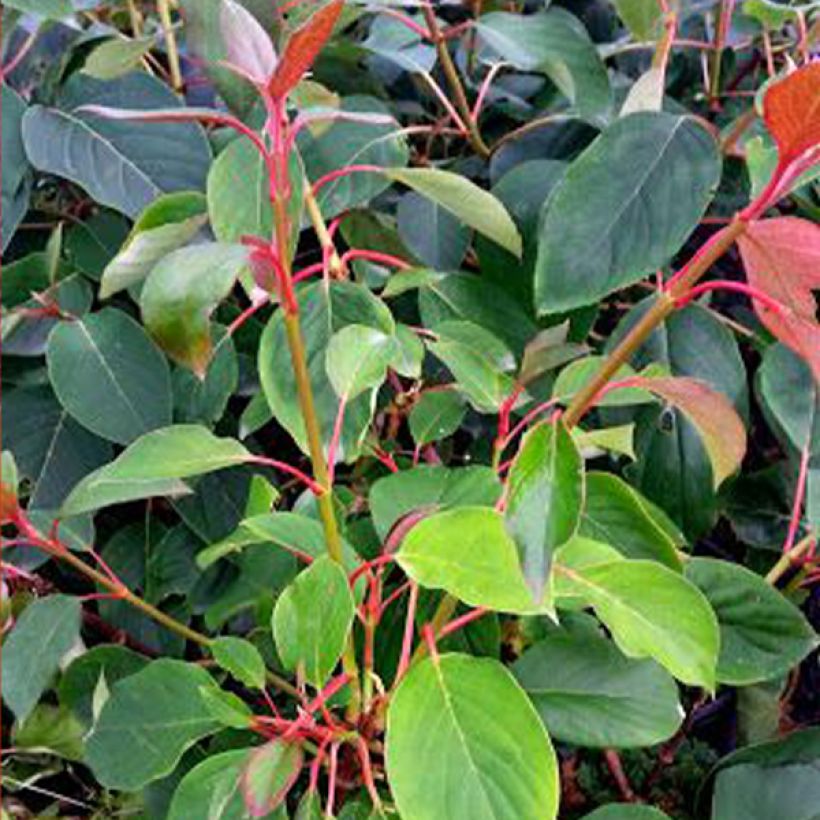

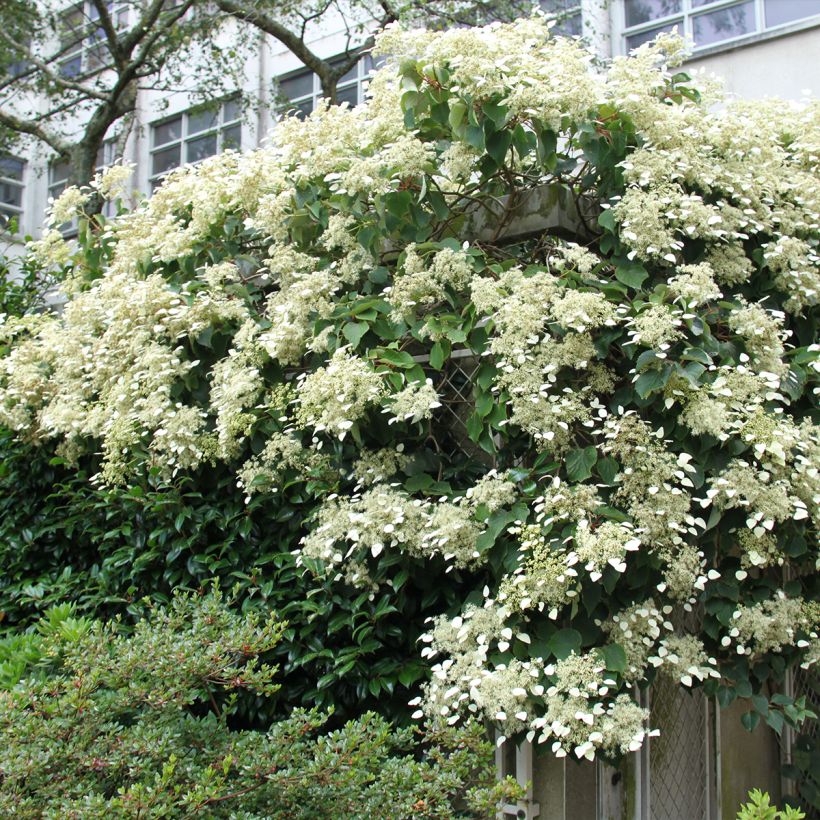

Plant habit
Flowering
Foliage
Botanical data
Schizophragma
hydrangeoides
Red Rhapsody® MonLaBaHe
Hydrangeaceae
Japanese Hydrangea Vine
Cultivar or hybrid
Other Schizophragma
View all →Planting and care
This Schizophragma has a good hardiness, down to -15°C (5°F) and below. This plant does not like dry and poor soils, nor limestone. If necessary, add ericaceous compost or rotted pine bark to maintain moisture and lower the pH of your soil. Plant it in autumn or spring.
Dig a hole at least 50 cm (20in) deep, in which you will mix ericaceous compost, and crushed horn with the original soil. A rich humus soil, clayey, fresh, but well-drained is ideal. The best exposure is partial shade. In northern regions, however, you can place them in the sun, but protect the base from direct rays. Avoid excessively hot areas and the setting sun. Regular fertiliser applications will benefit this demanding plant. Similarly, staking is necessary until the aerial roots are firmly established. Light pruning should be done at the end of winter to remove faded flowers from the previous season, so as not to cause any injuries during severe cold. Optionally, remove any unruly or tangled stems in autumn.
Planting period
Intended location
Care
This item has not been reviewed yet - be the first to leave a review about it.
Similar products
Haven't found what you were looking for?
Hardiness is the lowest winter temperature a plant can endure without suffering serious damage or even dying. However, hardiness is affected by location (a sheltered area, such as a patio), protection (winter cover) and soil type (hardiness is improved by well-drained soil).

Photo Sharing Terms & Conditions
In order to encourage gardeners to interact and share their experiences, Promesse de fleurs offers various media enabling content to be uploaded onto its Site - in particular via the ‘Photo sharing’ module.
The User agrees to refrain from:
- Posting any content that is illegal, prejudicial, insulting, racist, inciteful to hatred, revisionist, contrary to public decency, that infringes on privacy or on the privacy rights of third parties, in particular the publicity rights of persons and goods, intellectual property rights, or the right to privacy.
- Submitting content on behalf of a third party;
- Impersonate the identity of a third party and/or publish any personal information about a third party;
In general, the User undertakes to refrain from any unethical behaviour.
All Content (in particular text, comments, files, images, photos, videos, creative works, etc.), which may be subject to property or intellectual property rights, image or other private rights, shall remain the property of the User, subject to the limited rights granted by the terms of the licence granted by Promesse de fleurs as stated below. Users are at liberty to publish or not to publish such Content on the Site, notably via the ‘Photo Sharing’ facility, and accept that this Content shall be made public and freely accessible, notably on the Internet.
Users further acknowledge, undertake to have ,and guarantee that they hold all necessary rights and permissions to publish such material on the Site, in particular with regard to the legislation in force pertaining to any privacy, property, intellectual property, image, or contractual rights, or rights of any other nature. By publishing such Content on the Site, Users acknowledge accepting full liability as publishers of the Content within the meaning of the law, and grant Promesse de fleurs, free of charge, an inclusive, worldwide licence for the said Content for the entire duration of its publication, including all reproduction, representation, up/downloading, displaying, performing, transmission, and storage rights.
Users also grant permission for their name to be linked to the Content and accept that this link may not always be made available.
By engaging in posting material, Users consent to their Content becoming automatically accessible on the Internet, in particular on other sites and/or blogs and/or web pages of the Promesse de fleurs site, including in particular social pages and the Promesse de fleurs catalogue.
Users may secure the removal of entrusted content free of charge by issuing a simple request via our contact form.
The flowering period indicated on our website applies to countries and regions located in USDA zone 8 (France, the United Kingdom, Ireland, the Netherlands, etc.)
It will vary according to where you live:
- In zones 9 to 10 (Italy, Spain, Greece, etc.), flowering will occur about 2 to 4 weeks earlier.
- In zones 6 to 7 (Germany, Poland, Slovenia, and lower mountainous regions), flowering will be delayed by 2 to 3 weeks.
- In zone 5 (Central Europe, Scandinavia), blooming will be delayed by 3 to 5 weeks.
In temperate climates, pruning of spring-flowering shrubs (forsythia, spireas, etc.) should be done just after flowering.
Pruning of summer-flowering shrubs (Indian Lilac, Perovskia, etc.) can be done in winter or spring.
In cold regions as well as with frost-sensitive plants, avoid pruning too early when severe frosts may still occur.
The planting period indicated on our website applies to countries and regions located in USDA zone 8 (France, United Kingdom, Ireland, Netherlands).
It will vary according to where you live:
- In Mediterranean zones (Marseille, Madrid, Milan, etc.), autumn and winter are the best planting periods.
- In continental zones (Strasbourg, Munich, Vienna, etc.), delay planting by 2 to 3 weeks in spring and bring it forward by 2 to 4 weeks in autumn.
- In mountainous regions (the Alps, Pyrenees, Carpathians, etc.), it is best to plant in late spring (May-June) or late summer (August-September).
The harvesting period indicated on our website applies to countries and regions in USDA zone 8 (France, England, Ireland, the Netherlands).
In colder areas (Scandinavia, Poland, Austria...) fruit and vegetable harvests are likely to be delayed by 3-4 weeks.
In warmer areas (Italy, Spain, Greece, etc.), harvesting will probably take place earlier, depending on weather conditions.
The sowing periods indicated on our website apply to countries and regions within USDA Zone 8 (France, UK, Ireland, Netherlands).
In colder areas (Scandinavia, Poland, Austria...), delay any outdoor sowing by 3-4 weeks, or sow under glass.
In warmer climes (Italy, Spain, Greece, etc.), bring outdoor sowing forward by a few weeks.































